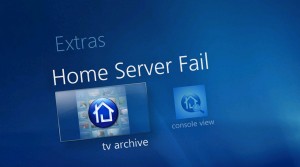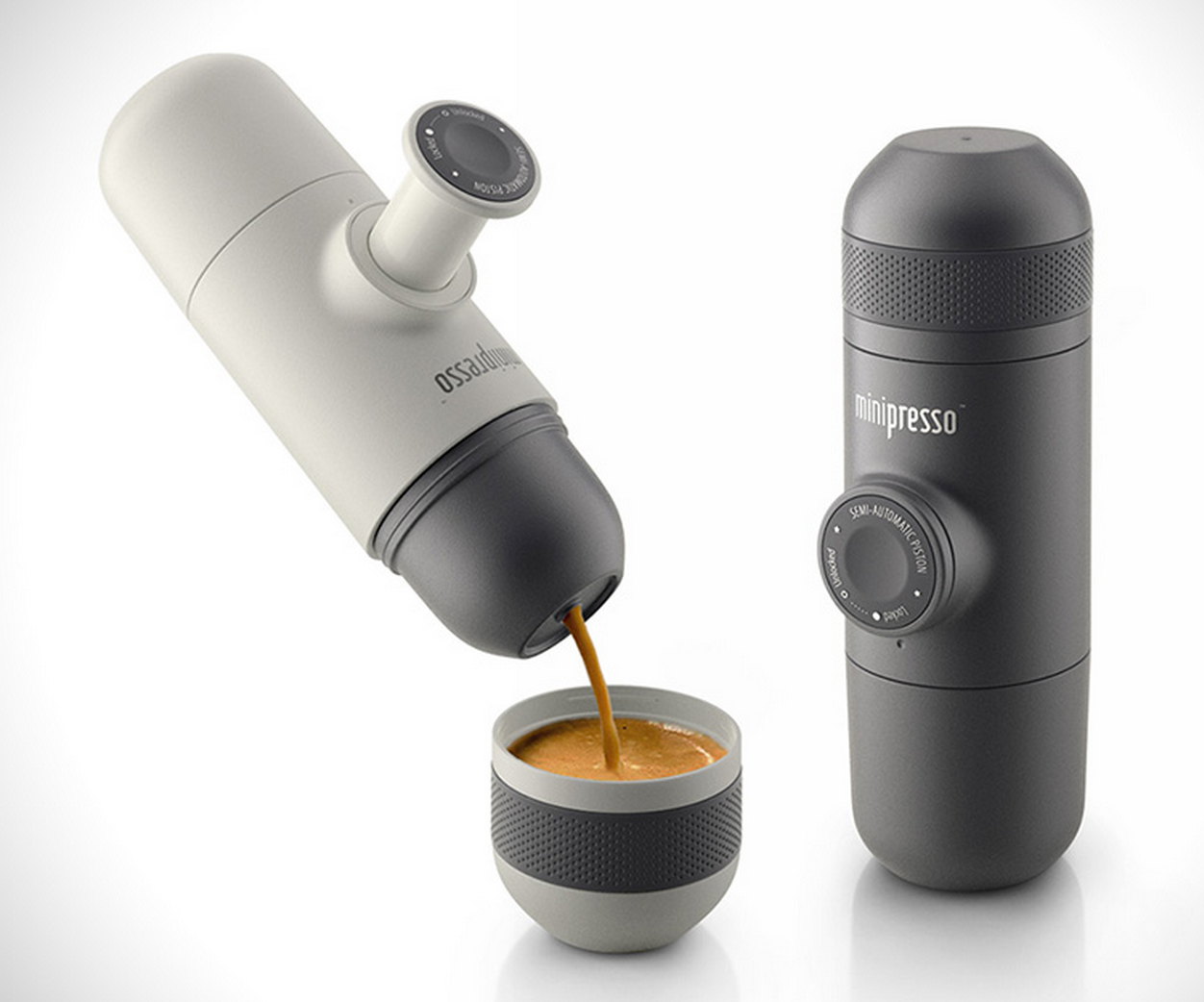Windows Home Server Fail
 One device I’ve been using for years and haven’t written about is Windows Home Server. This is an interesting product that most people could use, but has always been marketed (if at all) as a niche product. I suspect most people haven’t even heard of Windows Home Server and if they have they glazed over at the ‘server’ part of the name and decided they really didn’t want to have to hire a system administrator for their home computers.
One device I’ve been using for years and haven’t written about is Windows Home Server. This is an interesting product that most people could use, but has always been marketed (if at all) as a niche product. I suspect most people haven’t even heard of Windows Home Server and if they have they glazed over at the ‘server’ part of the name and decided they really didn’t want to have to hire a system administrator for their home computers.
The remarkable thing about WHS is how it manages to get the balance right between technical customization and ‘out-of-the-box’ usability. For the average user there is very little setup or maintenance necessary, and most of it is of the simplest button clicking kind. Windows Home Server boxes are a central place to keep files, allow for automatic backup and media streaming as well as remote access from external web browsers and mobile phones.
[GARD]
Part of the core elegance of Windows Home Server is Drive Extender, a technology that lets you plug in extra drives and have them automatically added to a single pool of storage, effectively turning them into one large drive. As long as you have room left on one drive, you have room left in every shared folder available on your server. On top of this you have the ability to set whether your content is duplicated across multiple drives or not, protecting you from drive failure. This gives you the protection of RAID without the setup and maintenance complexity.
I was reminded of the importance of this system when my original Acer h340 Easystore Home Server hardware failed. Because the drives are in a standard format I could simply plug them into another computer to retrieve the files. By this point I’m addicted to all the additional functionality I get out of the Home Server system, so I’ve since replaced the server with an HP ex490 MediaSmart server, but it sure was a comfort to see all my data safe and sound before my new server was even ordered.
Microsoft is currently developing a 2nd version of the Windows Home Server system, but just announced that they will not be including this drive extender technology in that system.
Why? It’s likely an economic decision. I suspect Home Server never sold that tremendously for them and never had the profit margins that Business Server products have. They’ve brought the two teams together and Home Server is obviously taking a back seat. The official reasoning is that Drive Extender didn’t work properly under business demands, and they clearly see the next version of Home Server as a neutered business server if it’s ever completed.
It’s unfortunate. This was a product that for the most part just worked, but it was also a product that people never really knew why they would want it. A Home Server is a hard sell to non-technical people.



